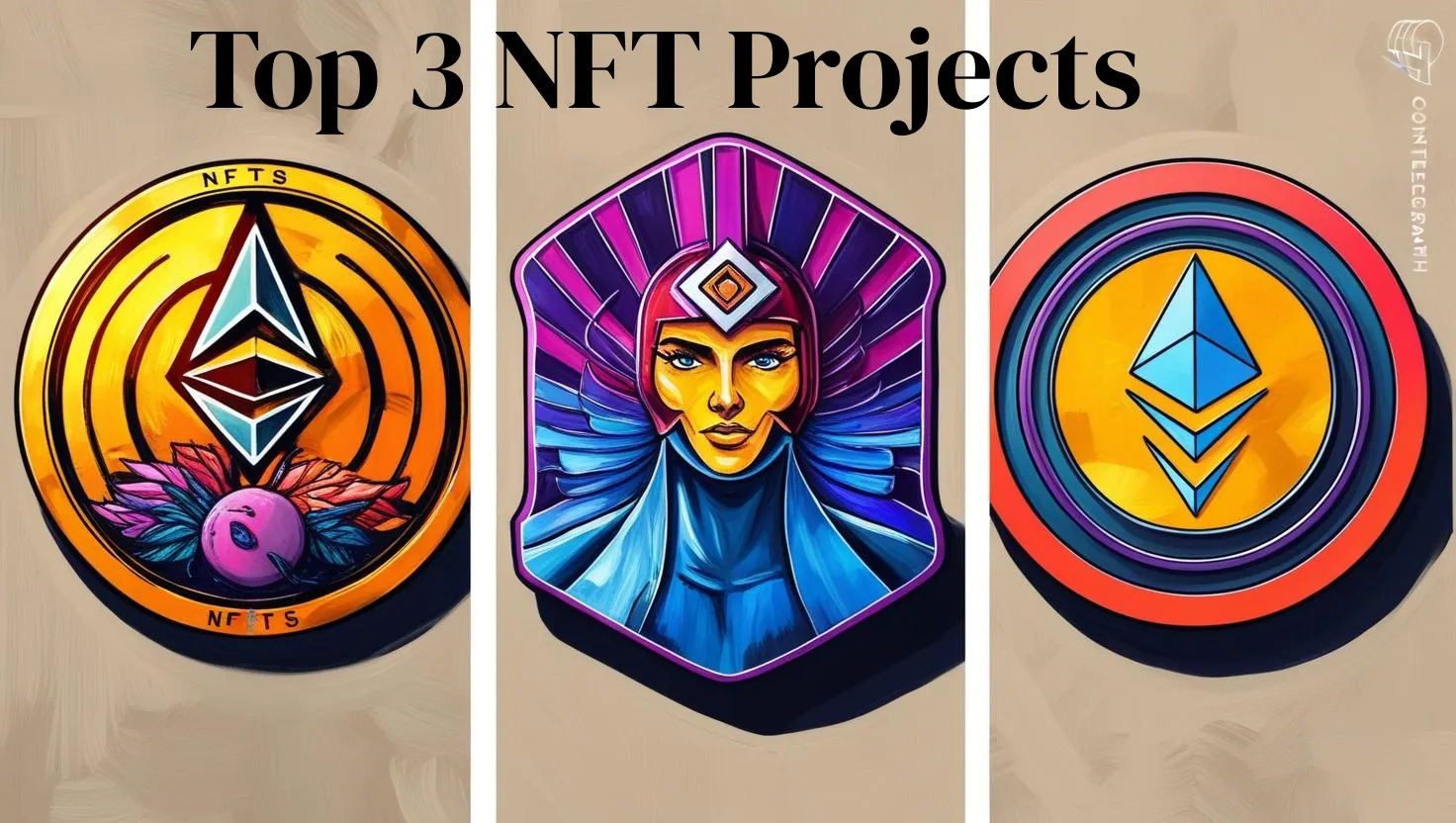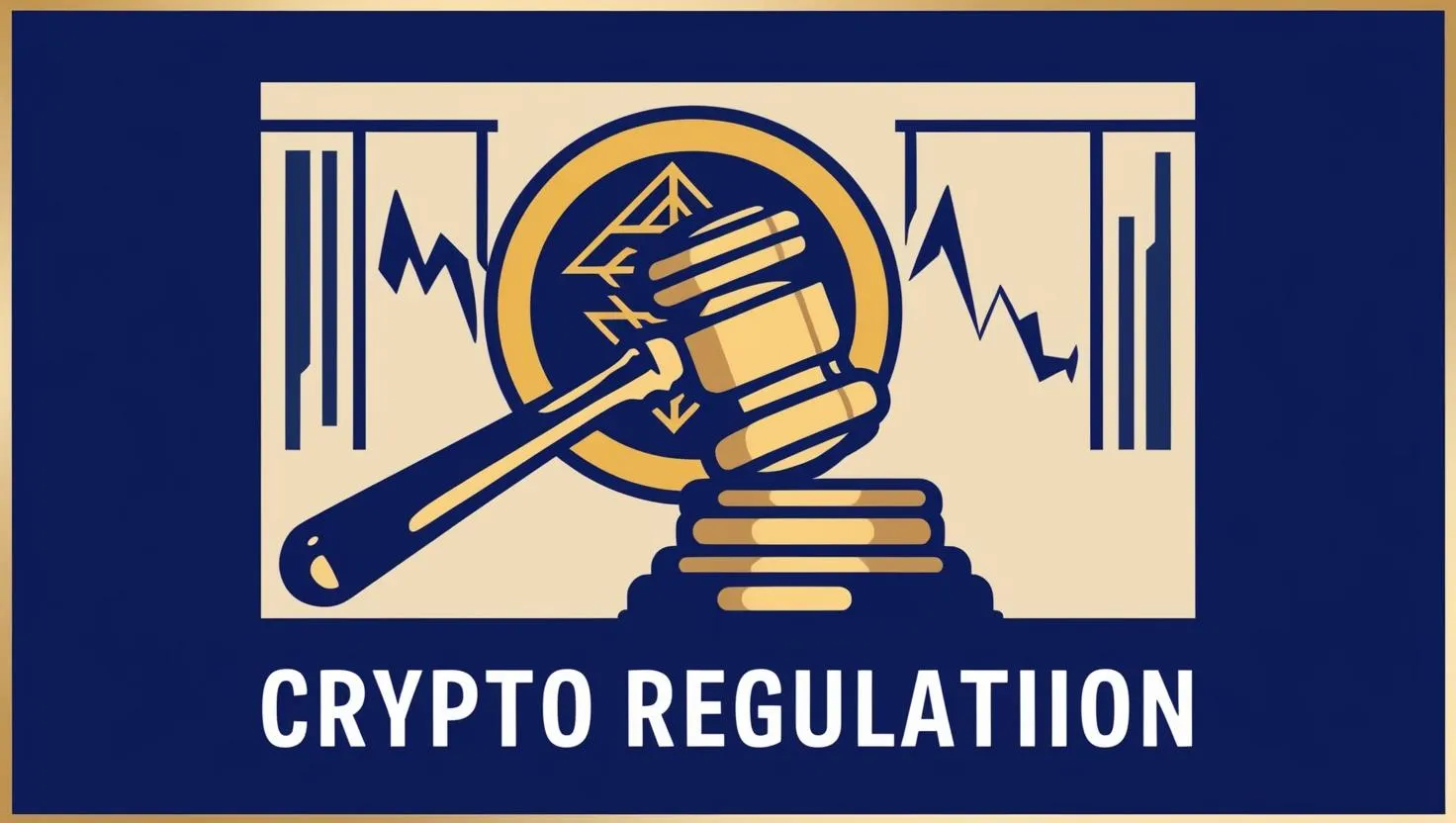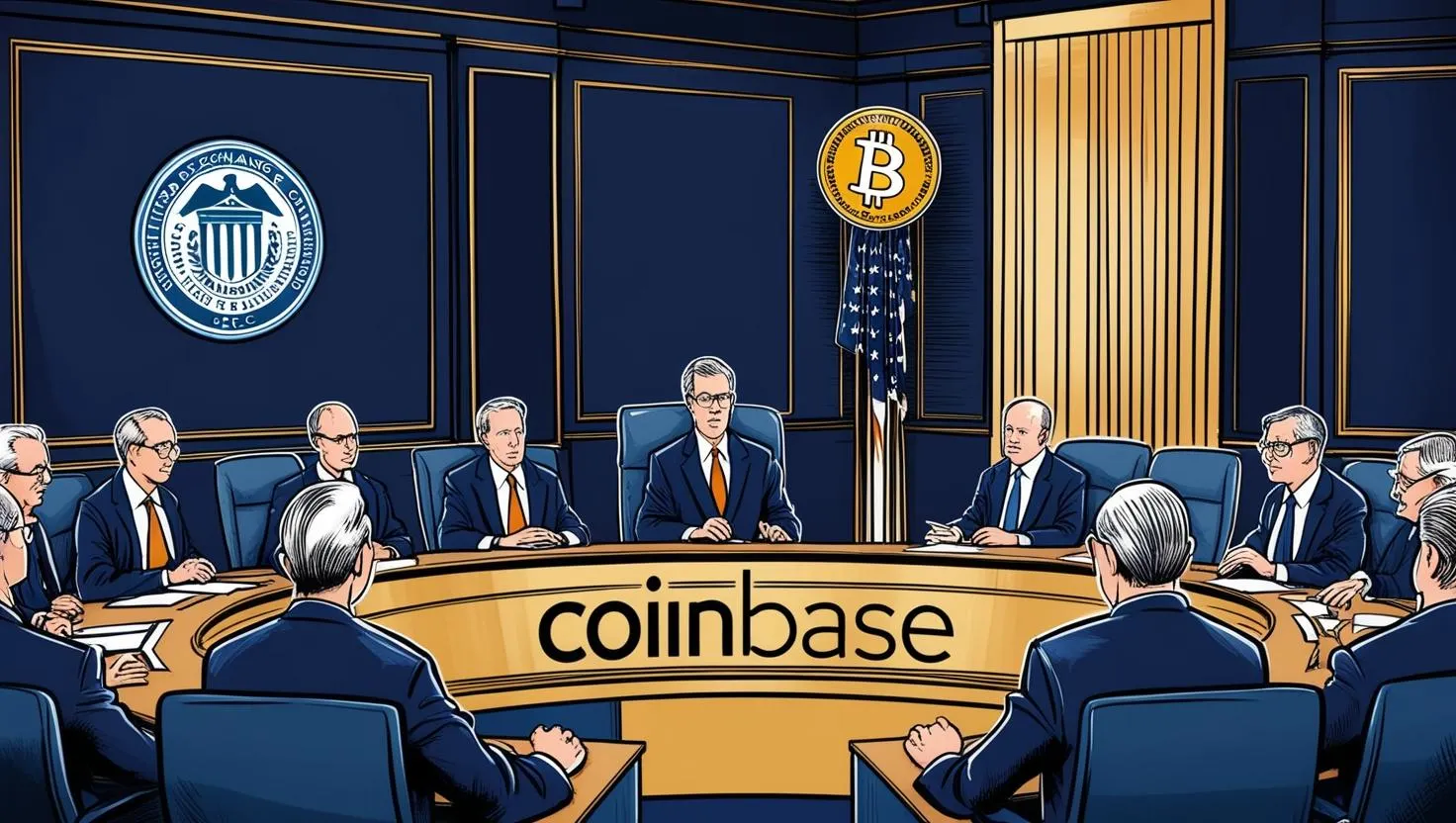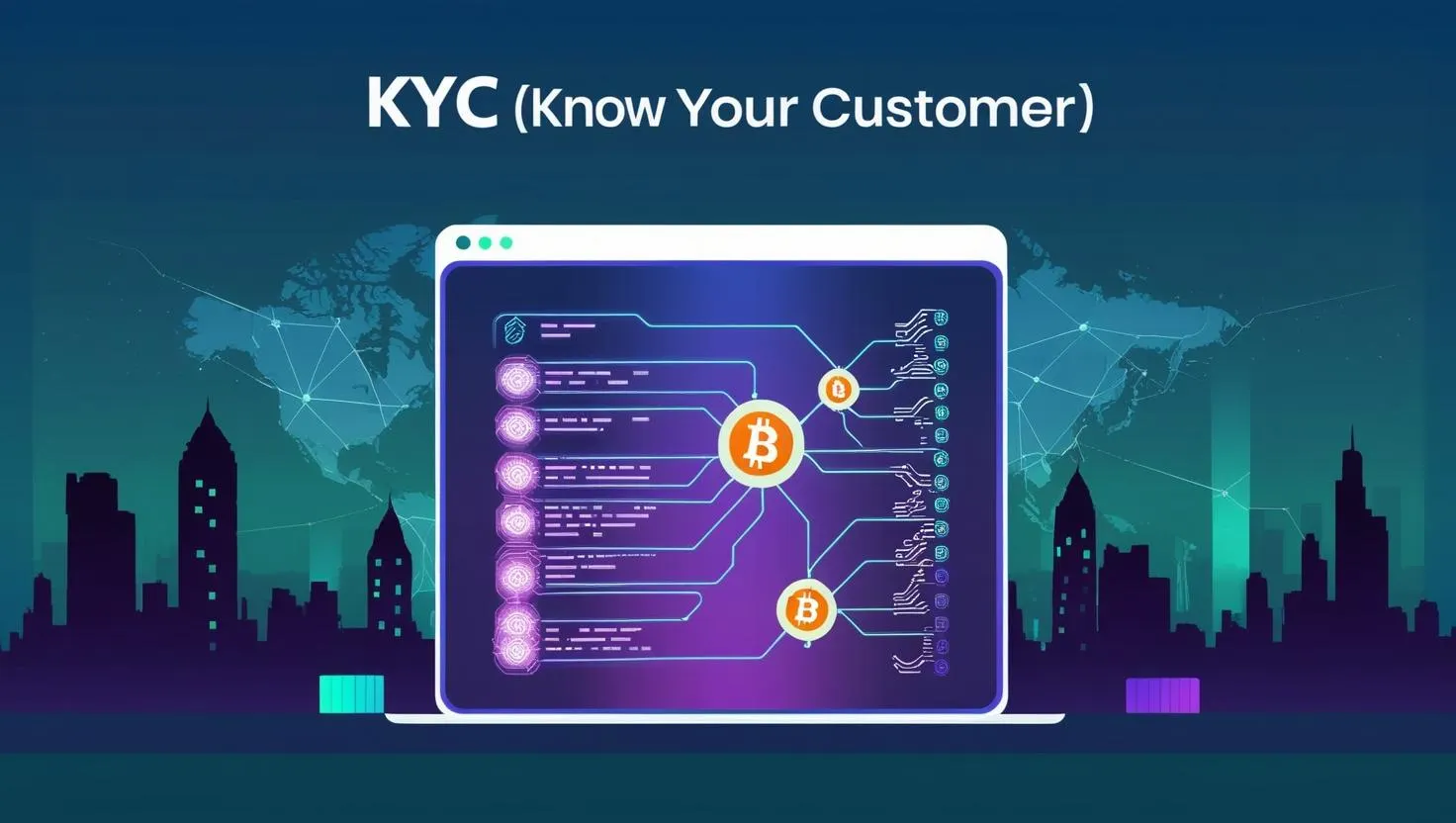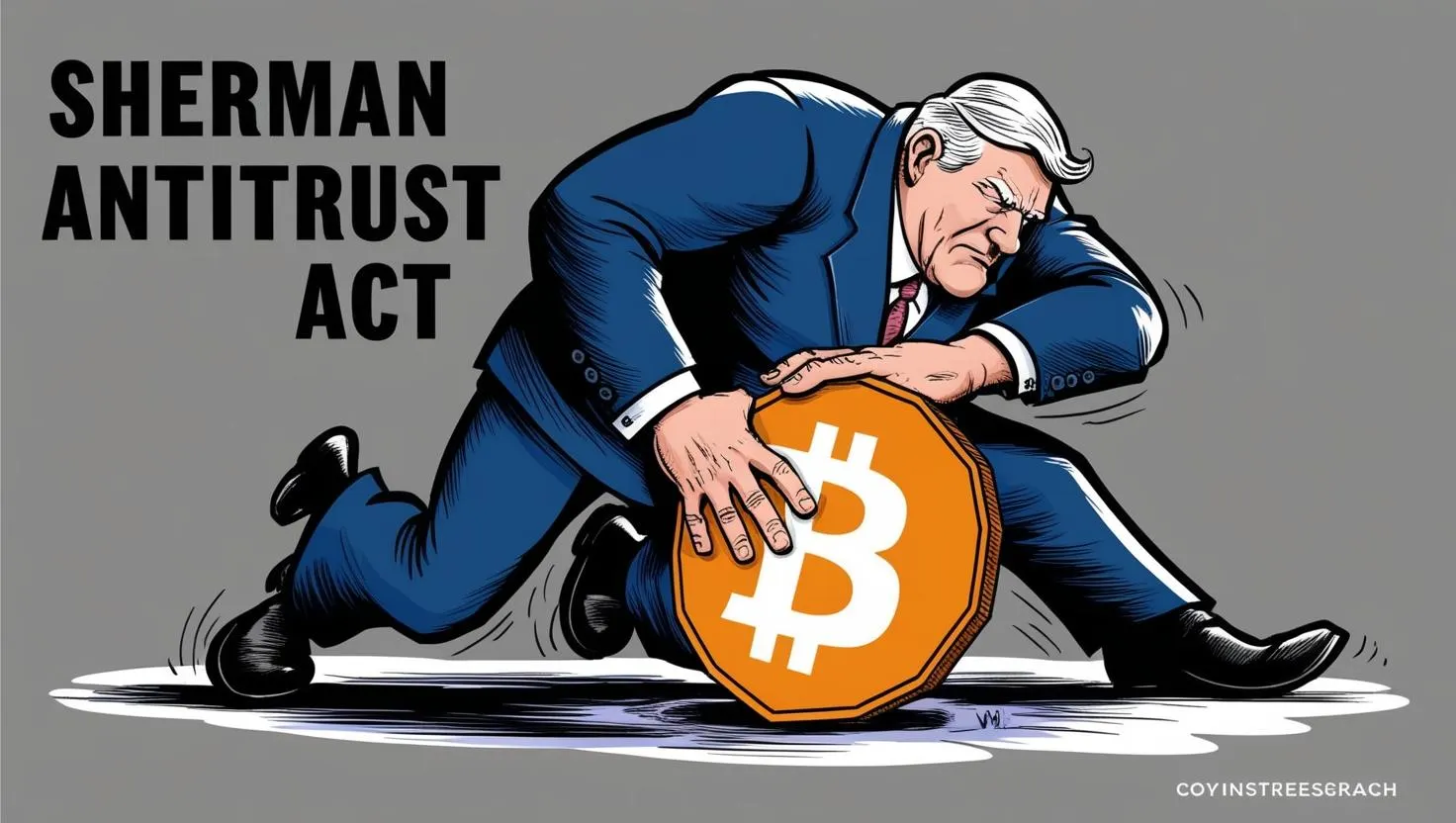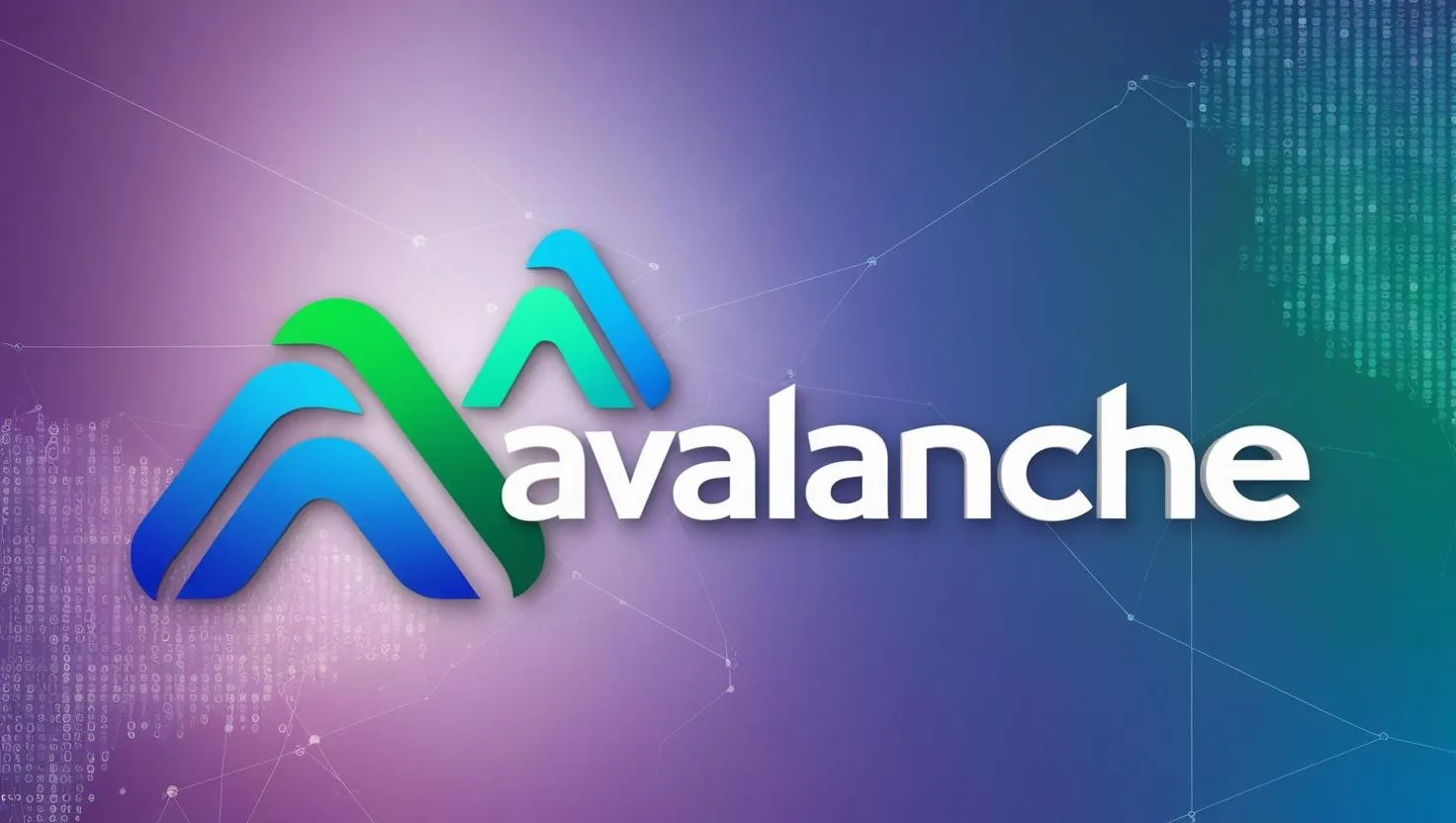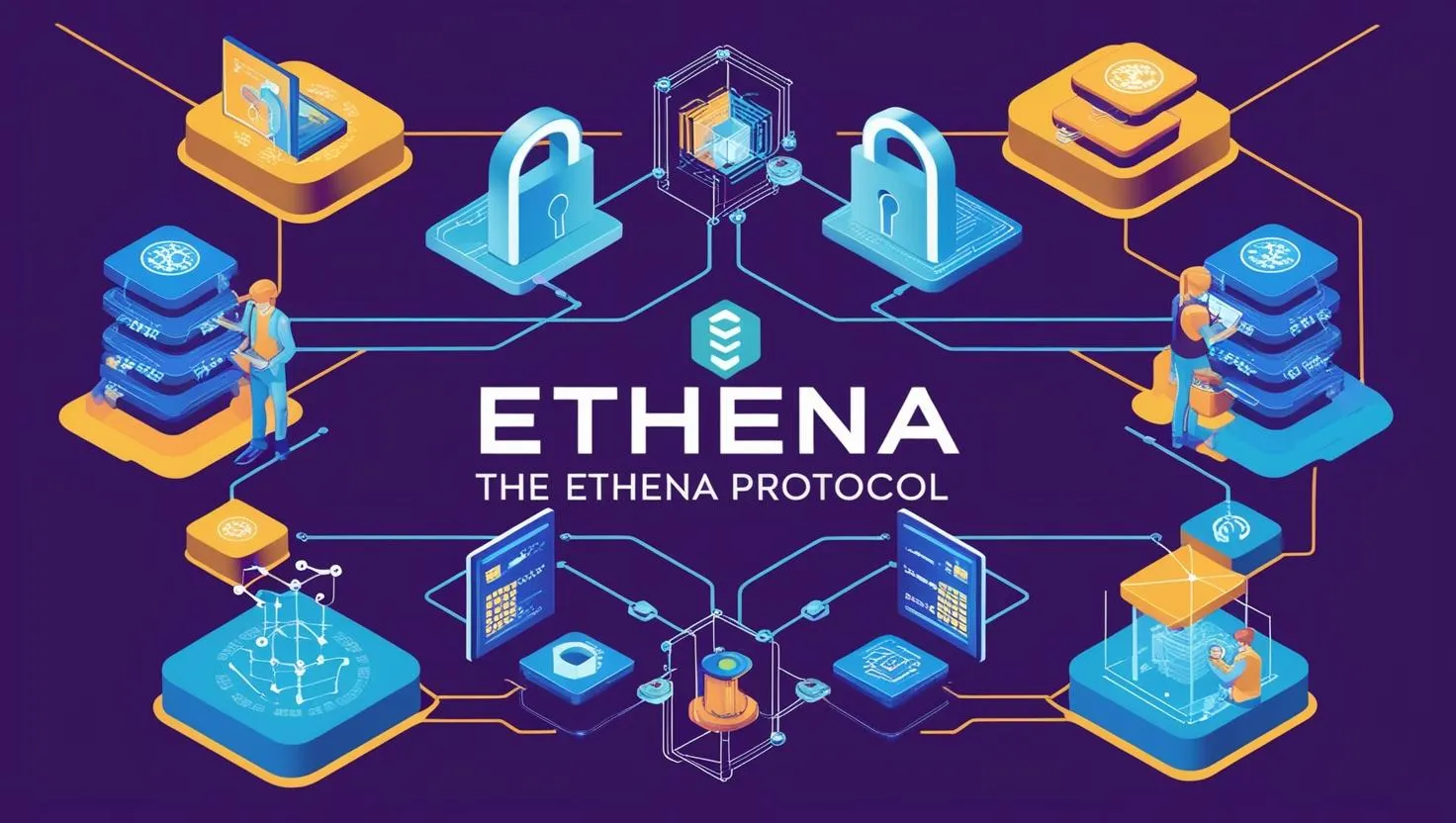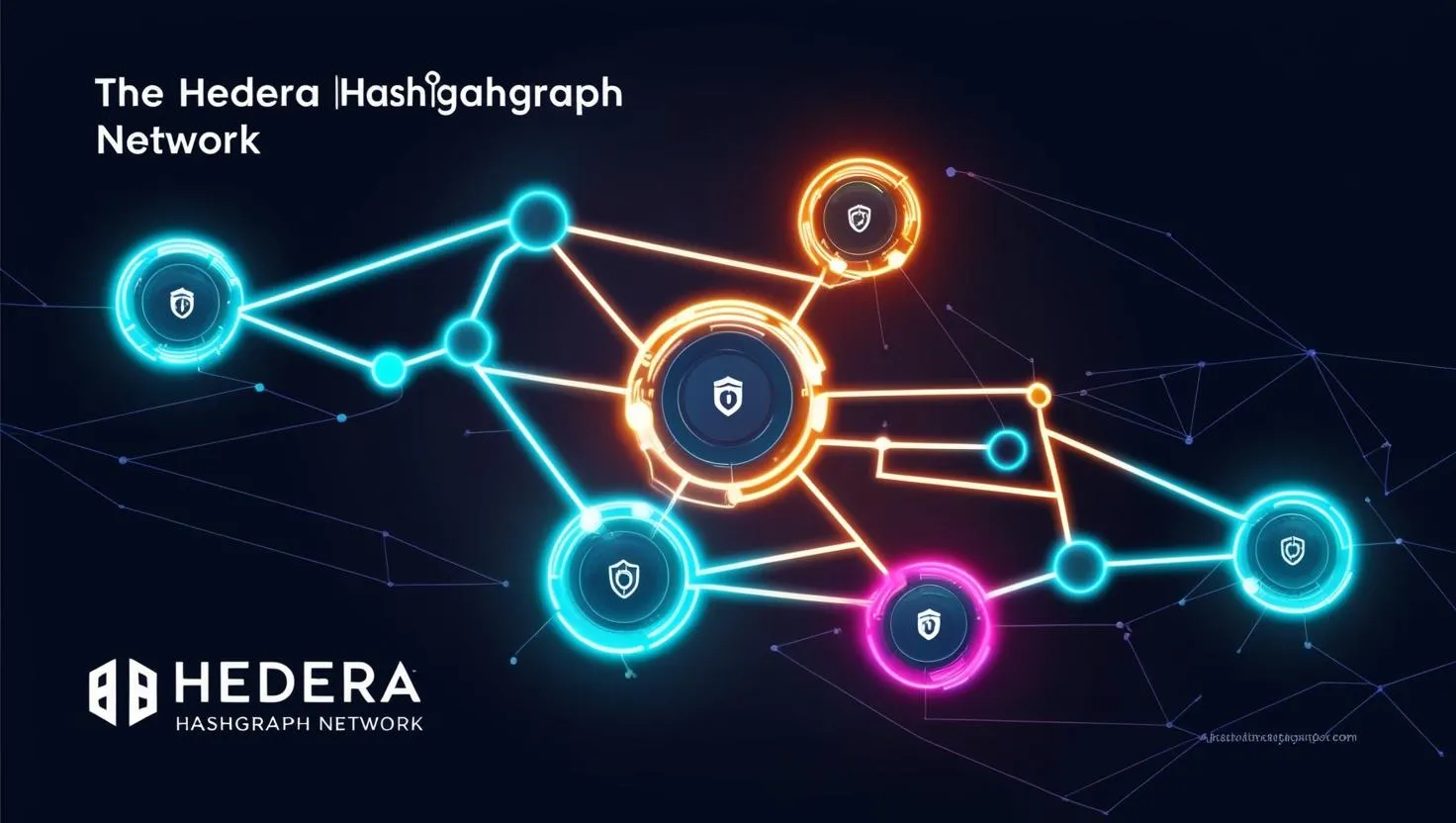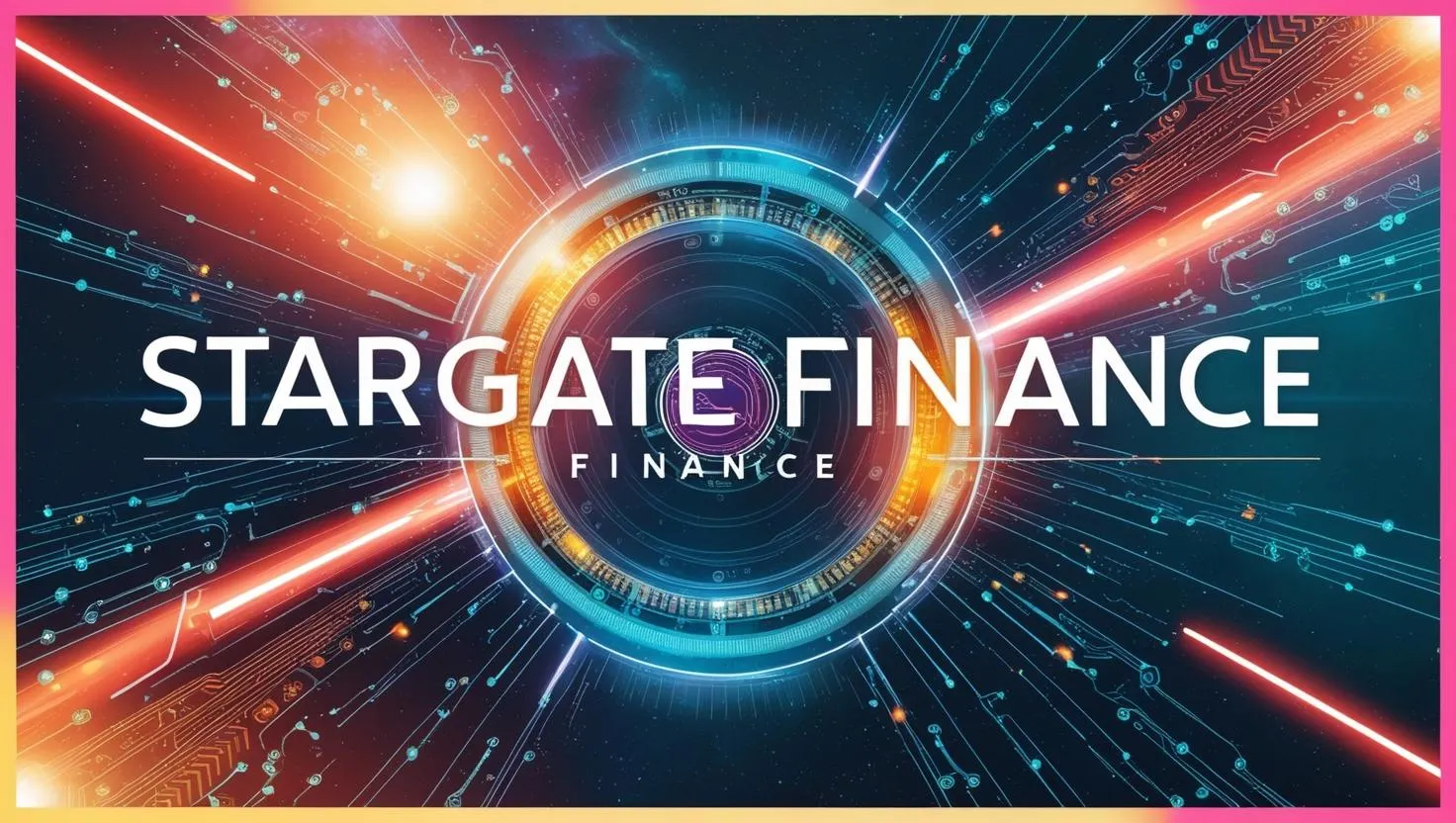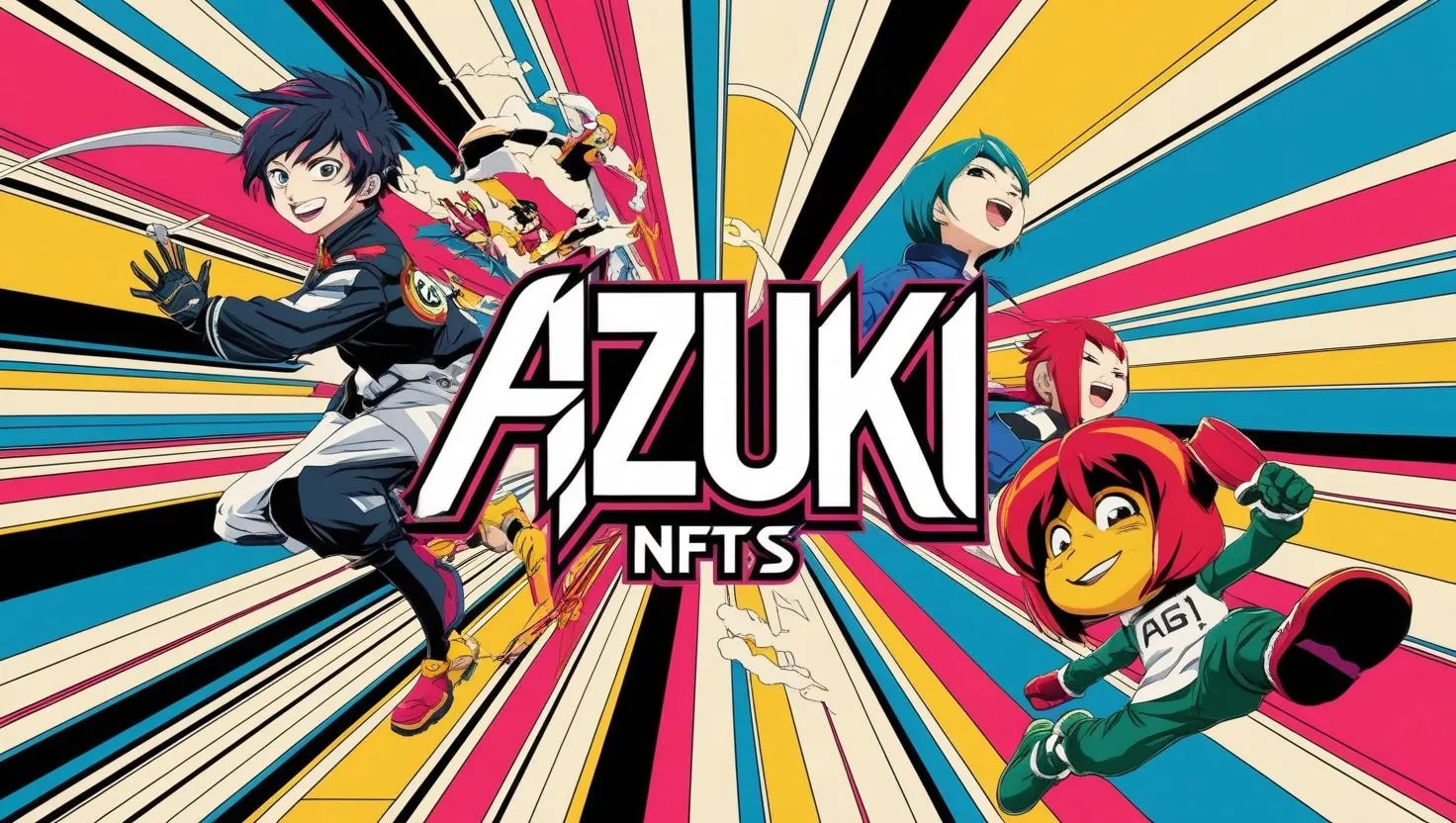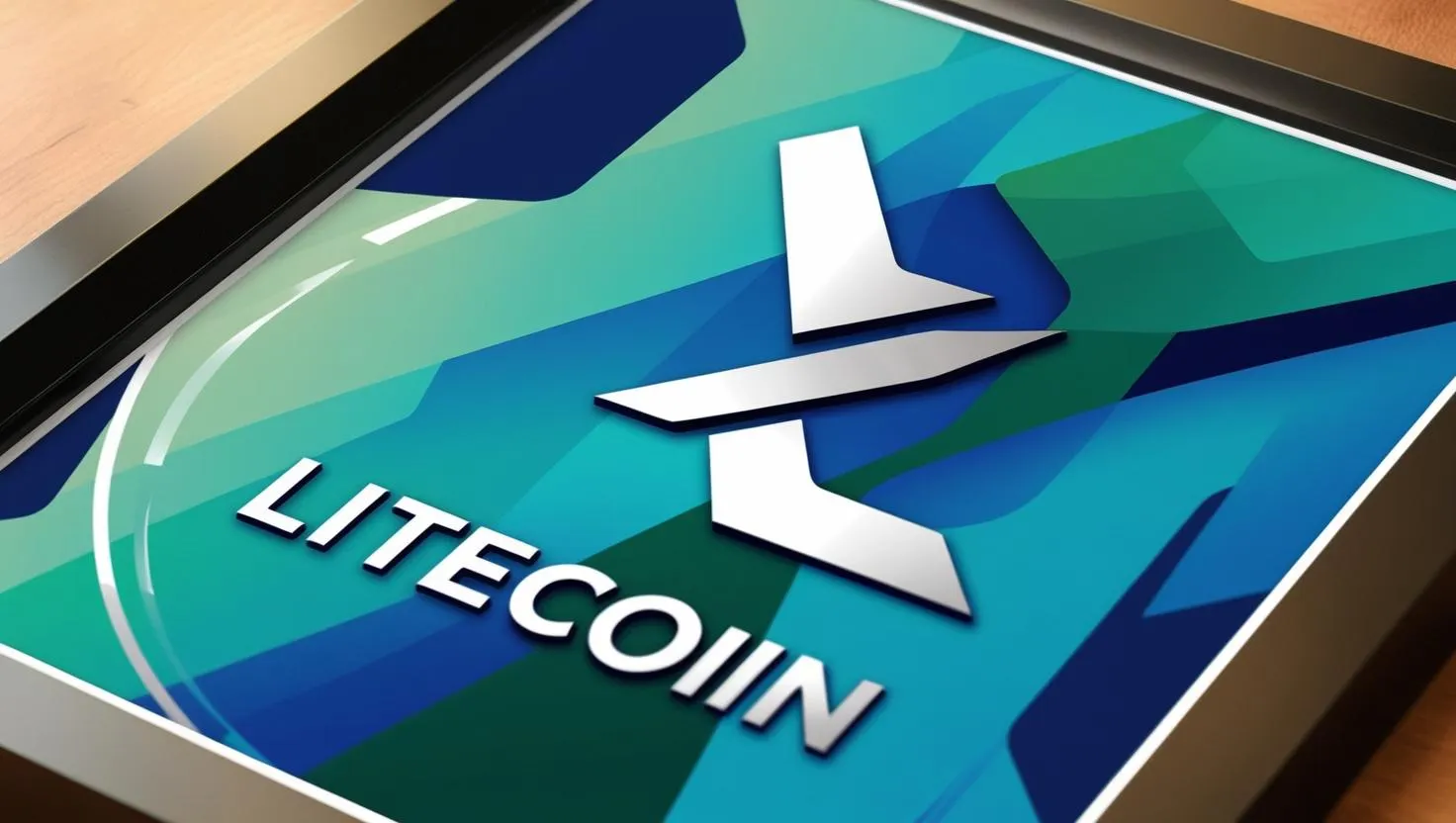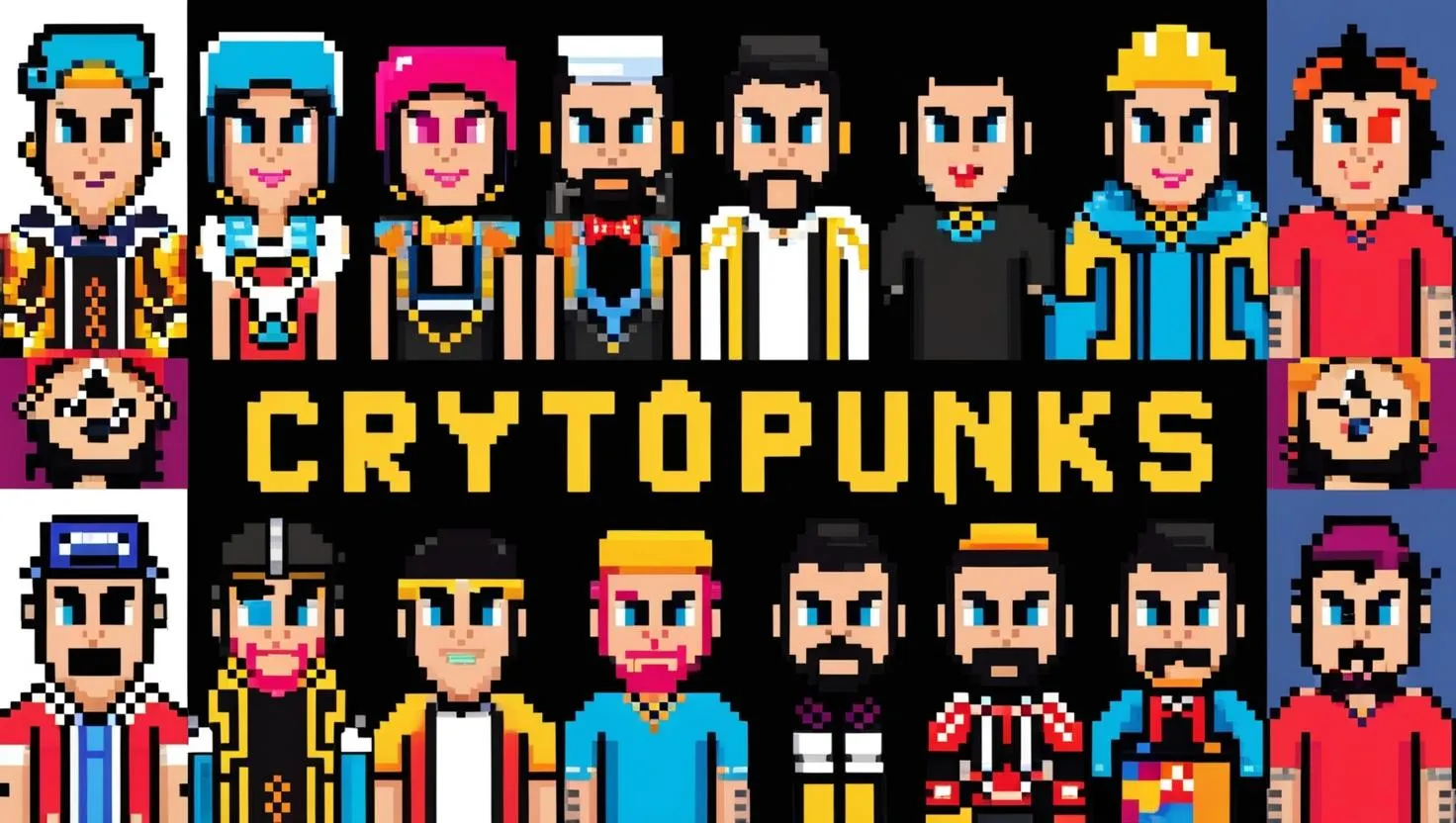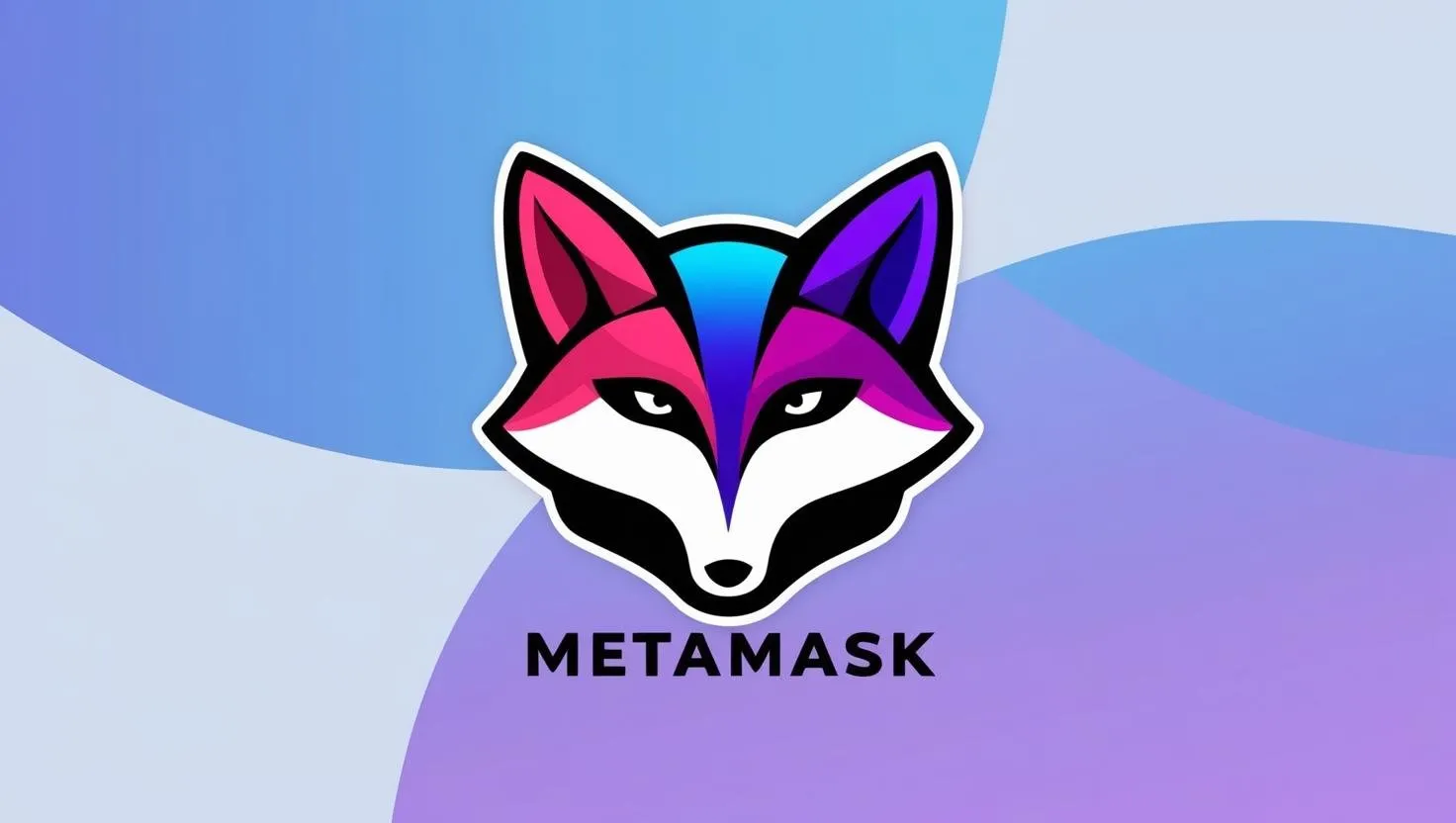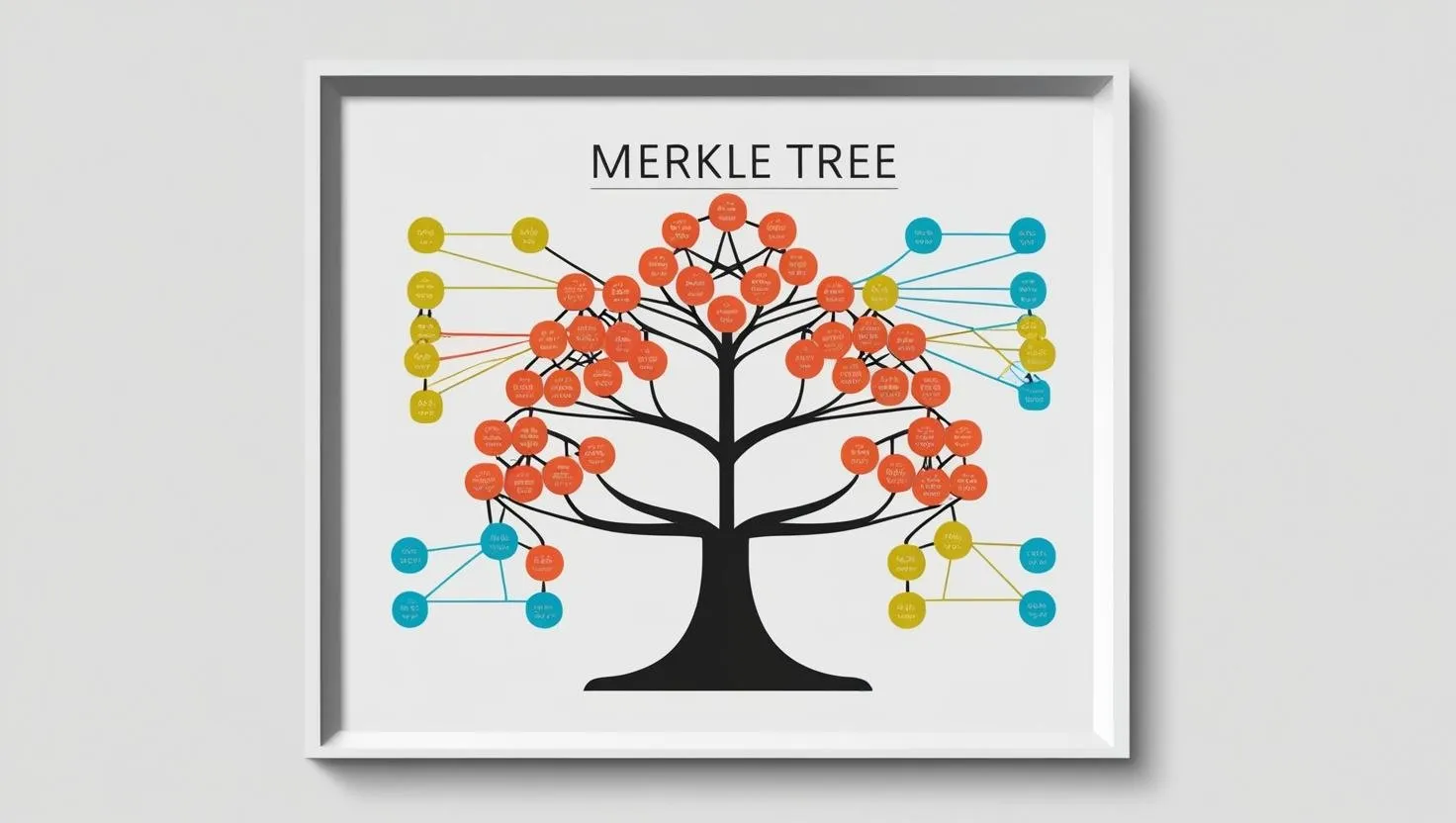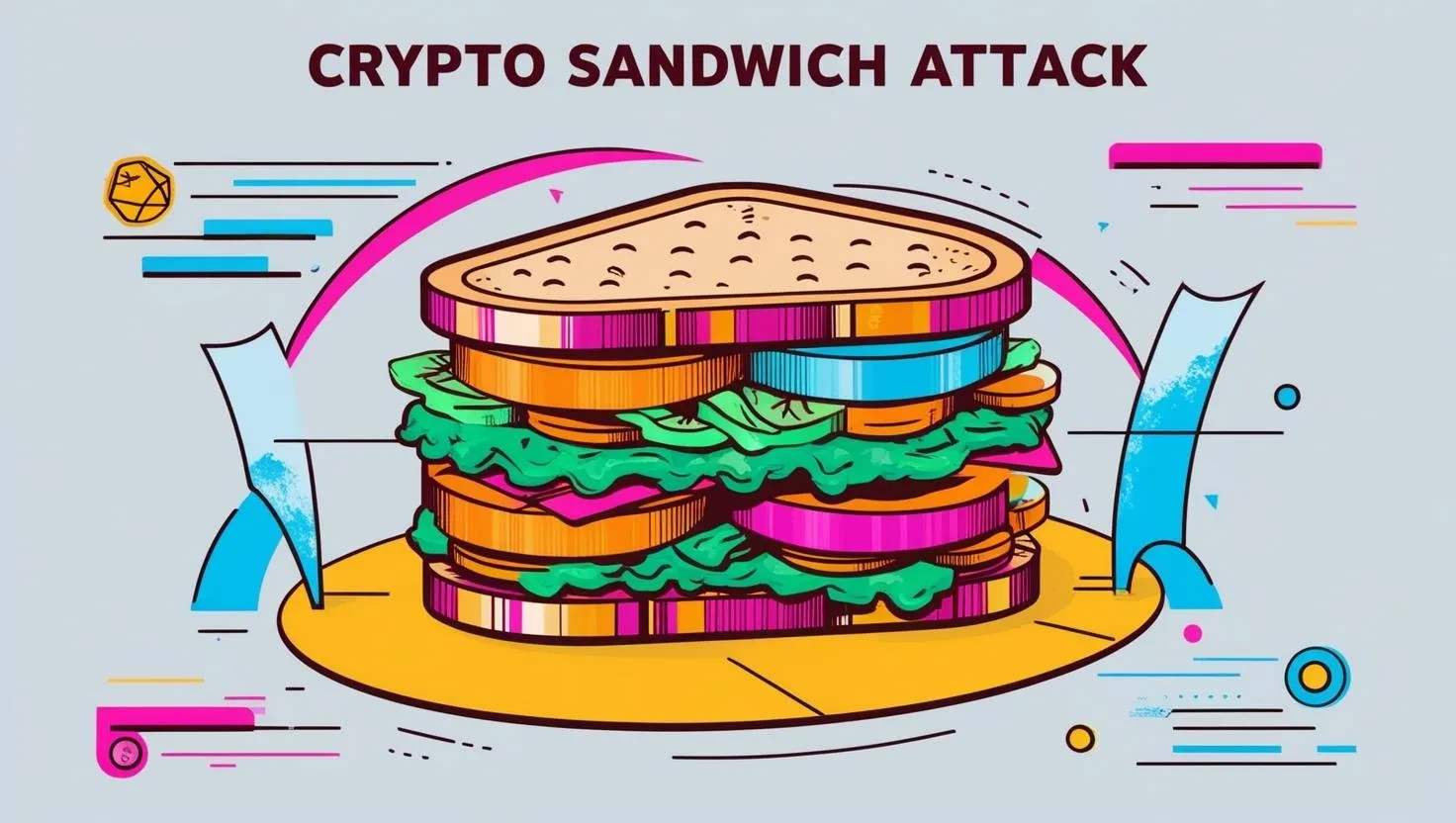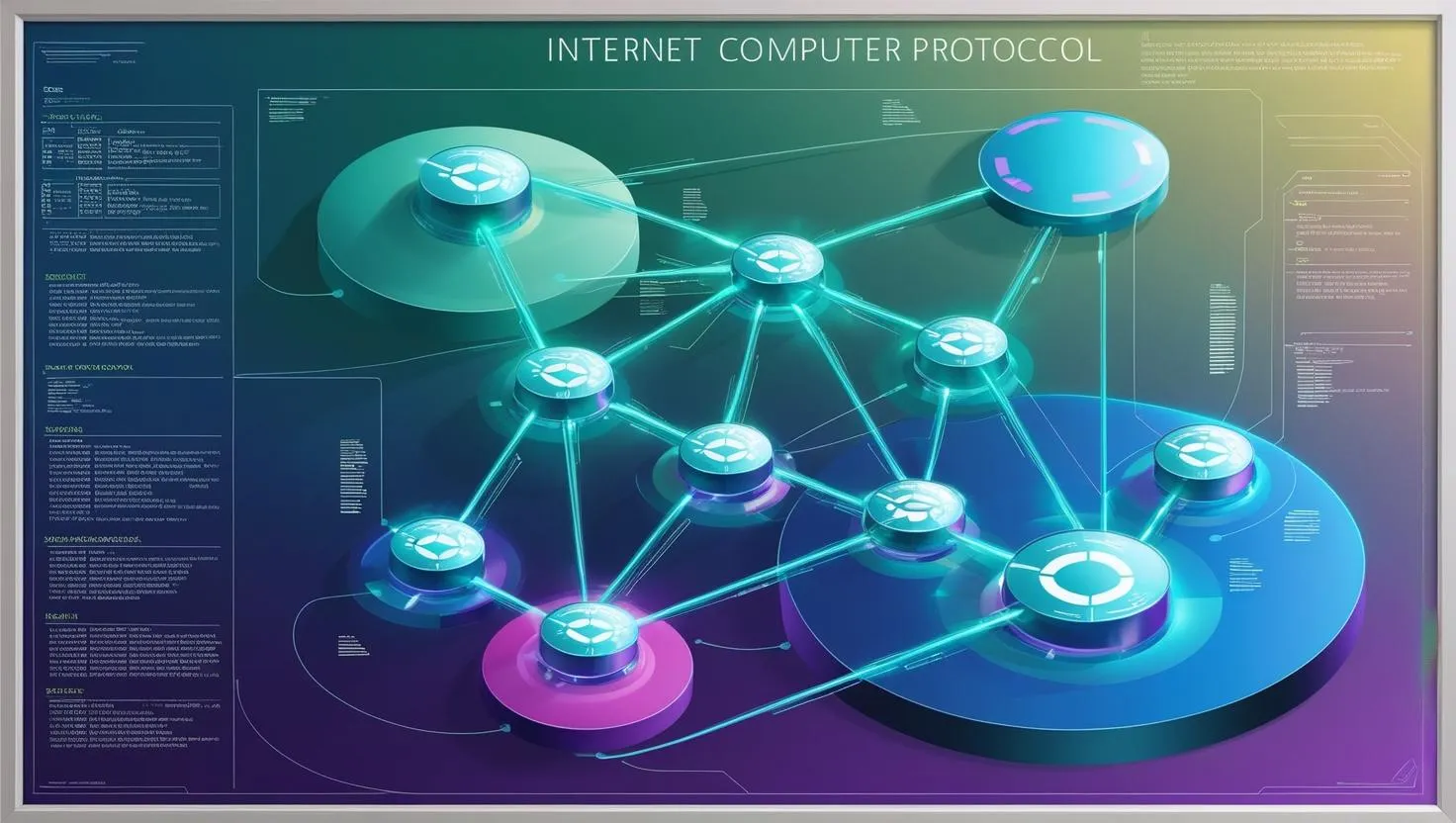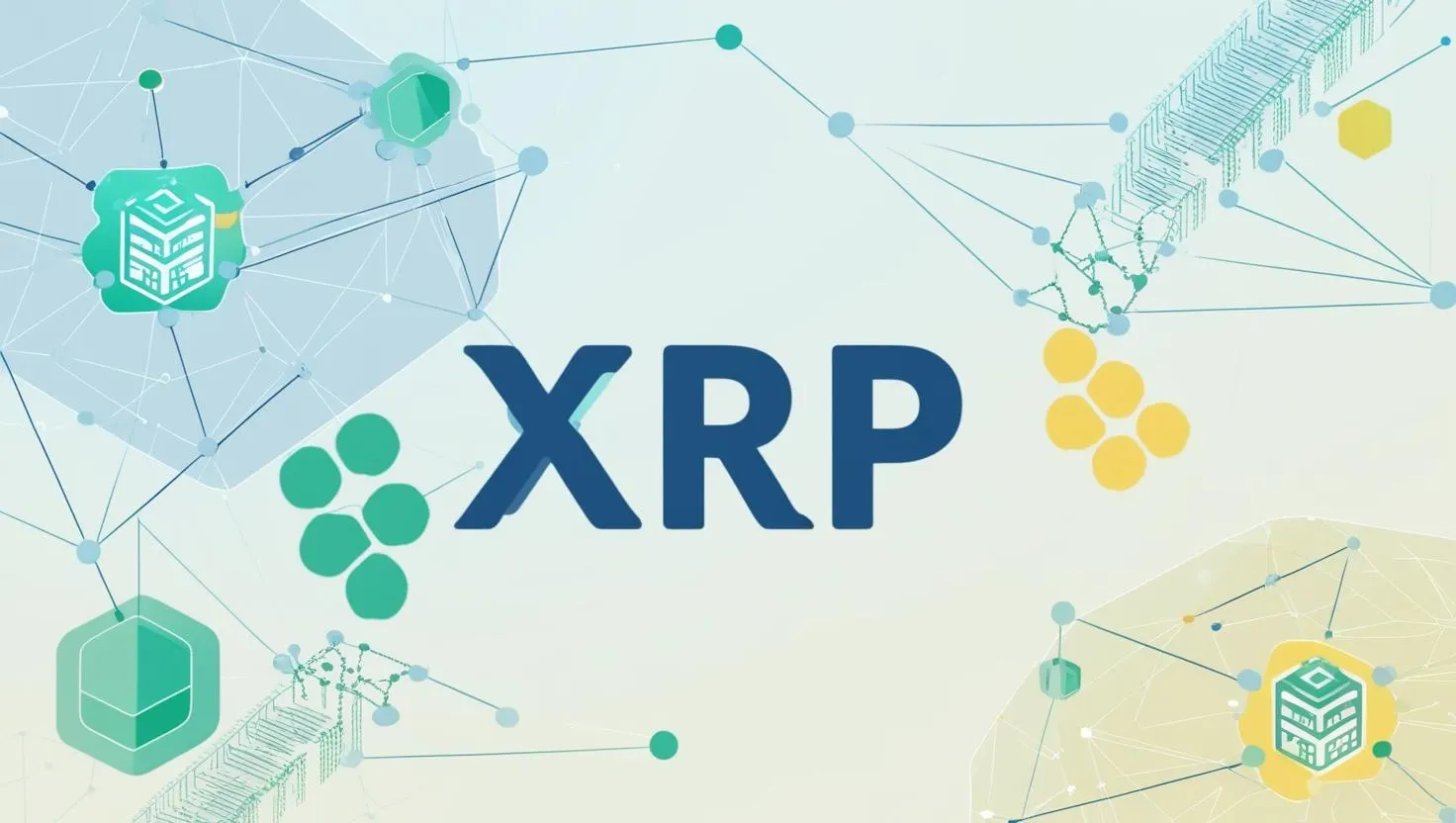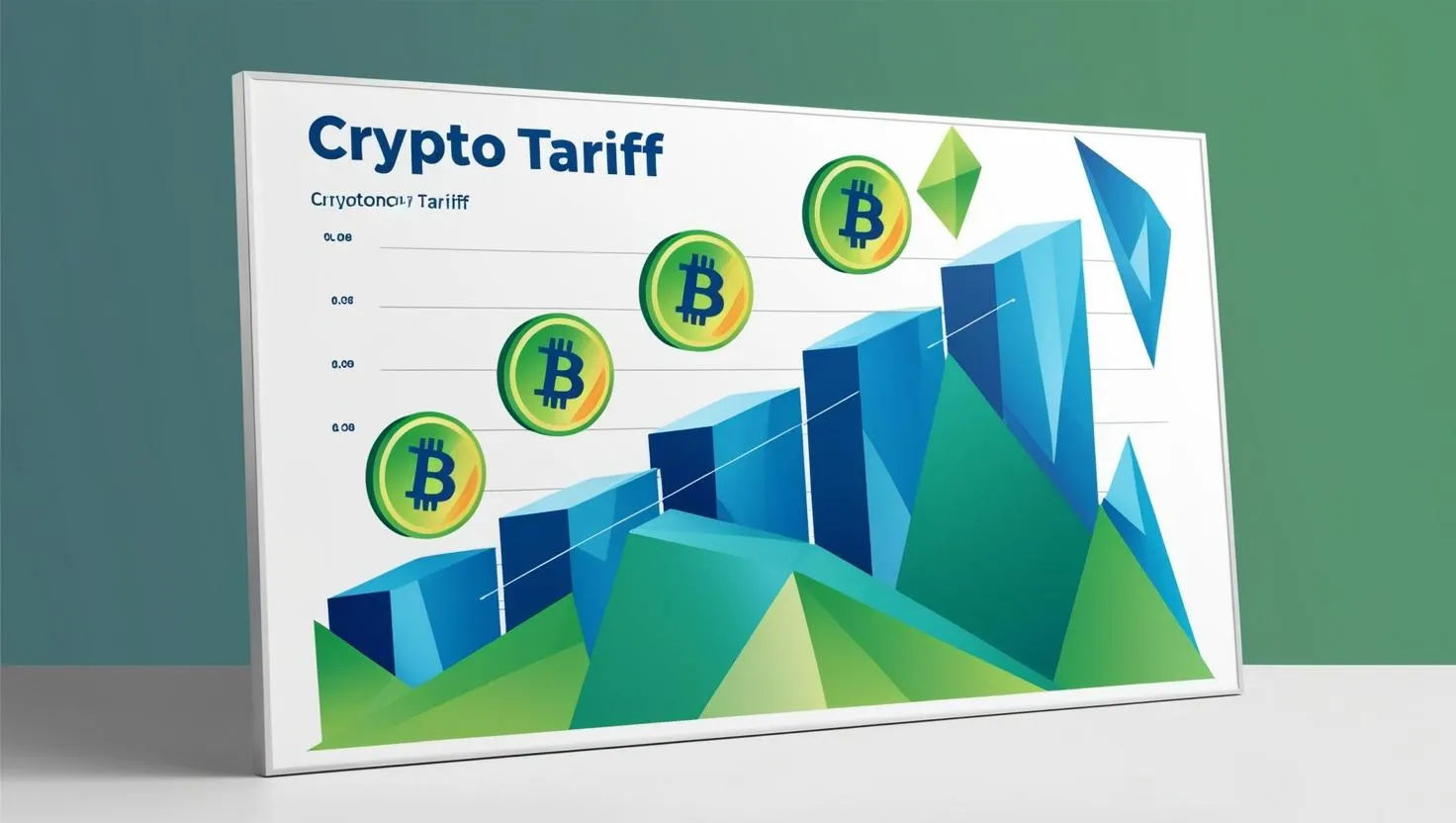Free Crypto and NFTs: Your Guide to Airdrops and Wallet Safety
What Are Crypto Airdrops?
Crypto airdrops are a way projects give away free tokens to users' wallets to boost awareness and engagement. They can be direct or require tasks like joining social media groups.
Types and Benefits
There are standard airdrops for anyone, holder airdrops for existing coin owners, and bounty airdrops for completing tasks. Benefits include potential value gains and early project access, but watch for scams.
Risks and Safety
Risks include fake airdrops and tax issues. To stay safe, research the project, use a separate wallet, and never share private keys. For NFTs, manage approvals carefully.
Unexpected Detail: NFT Approvals
Unlike crypto airdrops, NFT airdrops often need wallet approvals, which can increase phishing risks if not handled properly, adding a layer of complexity.
Survey Note: Detailed Analysis of Crypto and NFT Airdrops
This section provides an in-depth exploration of crypto airdrops and NFT airdrops, building on the direct answer to offer a comprehensive overview for users seeking detailed insights. The analysis integrates information from previous discussions, ensuring a thorough understanding of mechanics, risks, and safety measures, particularly focusing on the role of wallet approvals in NFT airdrops.
Overview of Crypto Airdrops
Crypto airdrops are a distribution method where blockchain projects allocate free tokens or cryptocurrencies to a large number of wallet addresses. The primary objective is to raise awareness about a new project, incentivize participation, reward early adopters, or promote community engagement. This strategy is particularly effective in the crowded crypto market, allowing projects to build a user base without requiring participants to invest money upfront, which is especially appealing given the current market dynamics as of March 21, 2025.
The mechanics involve several steps:
- Token Distribution: Projects set aside a portion of their token supply for airdrops, sending these directly to users' wallets on blockchains such as Ethereum, Binance Smart Chain, Solana, or others.
- Eligibility Criteria: Users must meet specific conditions, which can include holding a certain amount of a cryptocurrency (e.g., 0.1 ETH), completing tasks like joining a Telegram group, following the project on X, or signing up for a newsletter, or interacting with the project's platform, such as testing a dApp or staking tokens.
- Snapshot or Registration: Projects may take a "snapshot" of the blockchain at a specific block height to determine eligible wallets or require users to register through a form or wallet connection, ensuring transparency and fairness in distribution.
- Distribution: Once eligibility is confirmed, tokens are sent to participants' wallets, either instantly, in batches, or after a vesting period where tokens unlock gradually, aligning with project timelines and regulatory considerations.
Types of Airdrops and Their Purposes
Airdrops are categorized into several types, each serving distinct purposes:
- Standard Airdrops: These are open to anyone meeting basic requirements, such as signing up or holding a minimal amount of a coin, making them accessible to a broad audience.
- Holder Airdrops: Tokens are distributed to existing holders of a particular cryptocurrency, such as when a new token forks from an existing blockchain (e.g., Bitcoin Cash from Bitcoin), rewarding loyalty and encouraging continued holding.
- Bounty Airdrops: Users earn tokens by completing promotional tasks, such as tweeting about the project, referring friends, or writing blog posts, which helps in viral marketing and community building.
- Exclusive Airdrops: Limited to select groups like early adopters, beta testers, or community members who’ve contributed significantly, fostering a sense of exclusivity and engagement.
- Fork Airdrops: Occur when a blockchain splits into two, and holders of the original chain’s coin receive the new chain’s tokens, such as Ethereum and Ethereum Classic, ensuring fair distribution during network upgrades.
Projects conduct airdrops for several reasons:
- Marketing and Awareness: Generating buzz and attracting attention in a competitive space, crucial for new projects seeking visibility.
- Decentralization: Distributing tokens widely to avoid centralization of ownership, aligning with blockchain’s decentralized ethos, which is particularly relevant in DeFi and governance projects.
- User Acquisition: Encouraging users to explore and use the project’s platform, such as decentralized exchanges or gaming ecosystems, driving adoption.
- Rewarding Loyalty: Thanking early supporters or incentivizing holding rather than selling, which can stabilize token prices and build long-term community trust.
- Regulatory Considerations: Some projects use airdrops to distribute tokens without conducting an official sale, potentially sidestepping securities regulations, though this is a controversial practice depending on jurisdiction and regulatory scrutiny as of March 2025.
Benefits for Participants
Participants in airdrops can enjoy several benefits:
- Free Tokens: If the project succeeds, airdropped tokens can increase in value, sometimes turning a small giveaway into significant profits, as seen with Uniswap’s 2020 airdrop where 400 UNI tokens peaked at over $12,000.
- Early Access: Exposure to new projects before they hit mainstream exchanges, offering a first-mover advantage in potentially lucrative opportunities.
- No Upfront Cost: Unlike buying into an ICO, airdrops typically don’t require investment, lowering the barrier to entry for users, especially in a volatile market.
Risks and Downsides
However, airdrops come with notable risks:
- Scams: Fake airdrops are prevalent, where scammers trick users into sharing private keys, signing malicious transactions, or sending funds to “claim” tokens, a growing concern given the rise in phishing attacks reported in early 2025.
- Low Value: Many airdropped tokens are worthless or fail to gain traction, leading to wasted effort for participants, particularly for projects with weak fundamentals.
- Tax Implications: In some countries, such as the U.S., airdropped tokens are considered taxable income based on their value at the time of receipt, adding complexity for users, especially with fluctuating crypto prices.
- Wallet Security: Connecting to unknown platforms or signing transactions can expose wallets to hacks or phishing attempts, with reports of drained wallets increasing in 2024, highlighting the need for vigilance.
- Pump and Dump: Some projects use airdrops to inflate hype, only for insiders to sell off their tokens once the price spikes, leaving participants with losses, a practice that has drawn regulatory attention in recent years.
How to Participate Safely
To mitigate risks, participants should follow these safety measures:
- Research the Project: Check the team, whitepaper, and community feedback using credible sources like CoinGecko or CryptoNews, ensuring legitimacy before participating.
- Use a Separate Wallet: Claim airdrops with a wallet that doesn’t hold main funds, reducing risk if something goes wrong, a practice recommended by security experts in early 2025.
- Avoid Sharing Private Keys: Legitimate airdrops never ask for seed phrases or private keys, a critical rule to remember amid rising scam reports.
- Beware of Phishing: Double-check URLs and avoid clicking random links, especially from unsolicited DMs on X, with tools like MetaMask flagging suspicious sites.
- Track Deadlines: Be aware of time limits for claiming or completing tasks, as missing deadlines can exclude users from rewards, a common issue in fast-paced airdrop campaigns.
Deep Dive into NFT Airdrops
NFT airdrops are a subset of crypto airdrops, focusing on distributing non-fungible tokens (NFTs)—unique digital assets on blockchains like Ethereum (ERC-721 or ERC-1155 standards). These can include digital art, collectibles, or in-game assets, and are often used to promote new collections, reward holders, or engage users with the project’s ecosystem. For instance, Yuga Labs airdropped Mutant Serums to Bored Ape Yacht Club holders in 2021, which could transform Apes into Mutant Apes, with some serums later selling for thousands, illustrating the potential value.
Wallet Approvals in NFT Airdrops
Wallet approvals are permissions granted by users to smart contracts or third-party addresses to interact with assets in their wallet, crucial for NFT airdrops. The key mechanisms include:
- SetApprovalForAll: Allows a smart contract to control all NFTs in a specific collection within the wallet, often used for convenience but risky if over-permissioned.
- Approve: Grants permission for a single NFT to be managed by a specific address, less common in airdrops but safer for individual asset management.
In NFT airdrops, there are two main models:
- Direct Transfer: The project mints NFTs and transfers them directly to eligible addresses, requiring no approval from recipients, as seen with the Mutant Ape Serum airdrop, where gas fees were paid by the project.
- Claim Model: Users must connect their wallet to a dApp or website and approve a transaction to mint or transfer the NFT, with gas fees often falling on the claimant, increasing interaction risks.
Risks Associated with Wallet Approvals
Wallet approvals introduce specific vulnerabilities, particularly in NFT airdrops:
- Malicious Approvals: Scammers may airdrop fake NFTs, prompting users to visit phishing sites to “claim” them, where approving a transaction grants the contract unlimited access to assets, potentially draining wallets, a tactic reported in early 2025 security alerts.
- Unsolicited Airdrops: Random NFTs appearing in wallets don’t require approval to arrive, but interacting with them (e.g., selling) might require approving shady contracts, risking theft, with wallets like Phantom automatically hiding suspicious NFTs in a “spam” folder to mitigate this.
- Over-Permissioned Approvals: Legitimate projects sometimes request broad approvals (e.g., SetApprovalForAll) when only a single approval would suffice, increasing risk if the contract is compromised later, a concern highlighted in recent security discussions.
- Phishing Vectors: Fake airdrop announcements on X or Discord lure users to connect wallets to fraudulent sites, with approving these contracts leading to drained funds, as seen in reports from Malwarebytes targeting Bored Ape fans in 2022, still relevant today.
Real-World Cases and Examples
- Legitimate Airdrops: The Uniswap airdrop in 2020 distributed 400 UNI tokens to every wallet that had interacted with its platform, peaking at over $12,000, showcasing the potential rewards. Similarly, Yuga Labs’ Mutant Ape Serum airdrop in 2021 was a direct transfer, safe and effective, requiring no approvals from recipients.
- Scam Examples: Reports like an NFT collector claiming a $50K loss after interacting with an airdropped token, though disputed by developers, highlight the dangers, with increased scam activity noted in early 2025, emphasizing the need for caution.
How to Research and Stay Safe with NFT Airdrops
To navigate NFT airdrops safely, users should:
- Verify Legitimacy: Check official project websites, X posts, or Discord for announcements, using tools like Etherscan to inspect contract code or transaction history for red flags, ensuring no unusual transfers, a practice recommended in recent security guides.
- Manage Approvals: Use sites like Revoke.cash to review and revoke unnecessary approvals after claiming, reducing risk, especially for over-permissioned contracts, a strategy gaining traction in 2025.
- Wallet Hygiene: Use a separate “burner” wallet for airdrop claims, keeping main assets isolated, and transfer only what’s needed for gas, a best practice endorsed by wallet providers like MetaMask in recent updates.
- Monitor Activity: Watch for unexpected NFTs in your wallet, with tools like MetaMask or Phantom flagging suspicious items, and don’t interact unless sure of the source, a critical step amid rising unsolicited airdrops.
Comparative Analysis: Crypto vs. NFT Airdrops
While both crypto airdrops and NFT airdrops share some similarities, there are key differences in their asset types, distribution methods, associated risks, and the safety measures required to participate safely.
- Asset Type:
- Crypto airdrops typically involve fungible tokens, such as ERC-20 tokens, which are interchangeable and have the same value.
- NFT airdrops, on the other hand, distribute non-fungible tokens, like ERC-721 or ERC-1155, which are unique and cannot be exchanged on a one-to-one basis.
- Distribution Method:
- Both types can be distributed directly to wallets or require users to claim them through a dApp or website.
- However, NFT airdrops often necessitate wallet approvals, where users grant permissions to smart contracts to manage their NFTs, which is not always the case with crypto airdrops.
- Risks:
- Common risks for both include scams, where malicious actors trick users into revealing sensitive information or approving harmful transactions.
- Crypto airdrops may also suffer from low token value or tax implications, depending on the jurisdiction.
- NFT airdrops carry additional risks due to the need for wallet approvals, which, if mishandled, can lead to unauthorized access to one's assets. Phishing attempts targeting NFT holders are also prevalent.
- Examples:
- Notable crypto airdrops include Uniswap's UNI token distribution in 2020 and Stellar's XLM giveaway in 2017.
- For NFT airdrops, Yuga Labs' Mutant Ape Serum in 2021 and Azuki's Beanz airdrop in 2022 are well-known instances.
- Safety Measures:
- For crypto airdrops, it's crucial to research the project thoroughly, use a
- separate wallet for claiming airdrops, and never share private keys.
- For NFT airdrops, managing wallet approvals carefully, using tools like Revoke.cash to revoke unnecessary permissions, and monitoring wallet activity for suspicious NFTs are essential.
Conclusion and Current Context
In the ever-evolving landscape of cryptocurrency and NFTs, airdrops continue to be a popular method for projects to distribute tokens and engage with their communities. As of March 21, 2025, there are numerous upcoming airdrops that participants can explore, ranging from DeFi projects to meme coins and NFT collections. Websites such as CoinGecko, Airdrops.io, and Bittime provide comprehensive lists and guides for claiming these free assets. However, it's crucial to approach these opportunities with caution, ensuring thorough research and adherence to safety protocols to mitigate risks associated with scams and phishing attempts.





